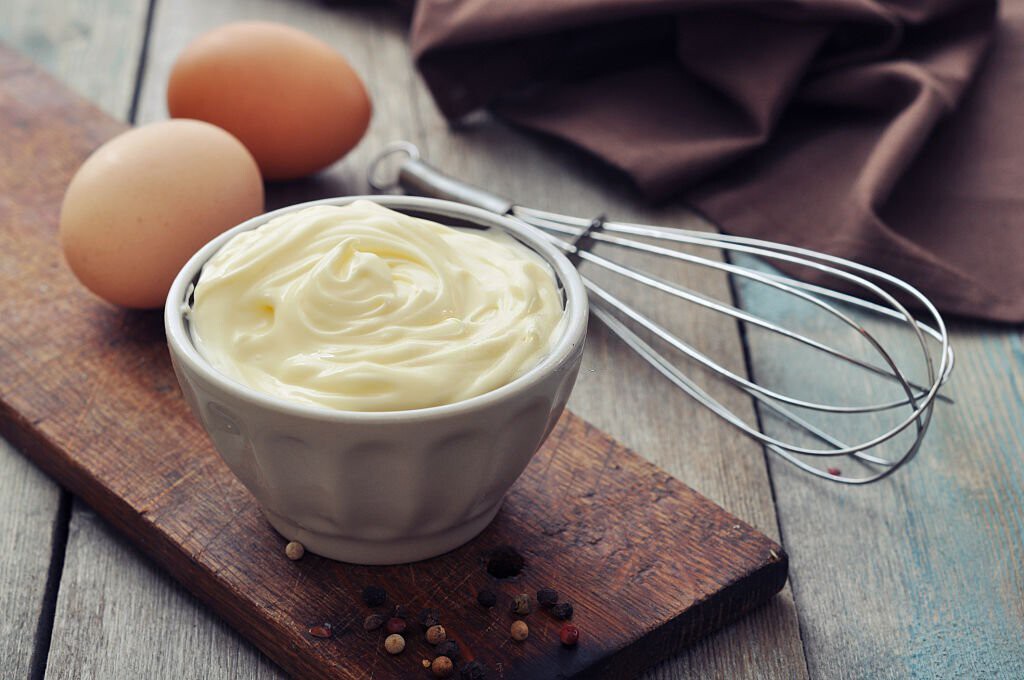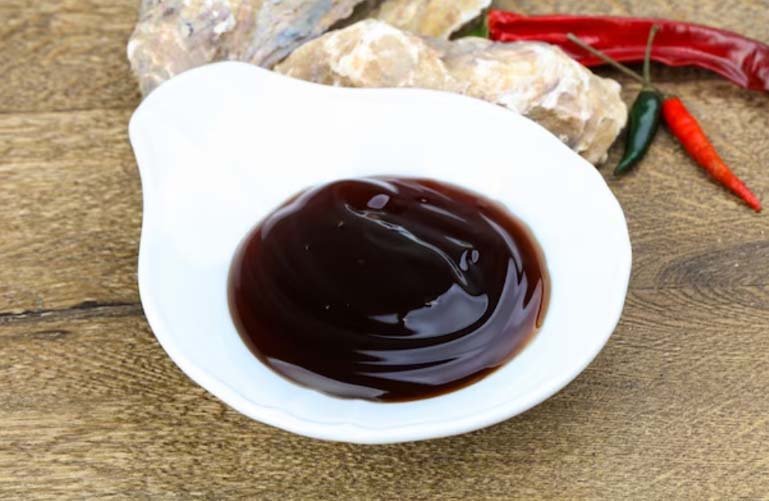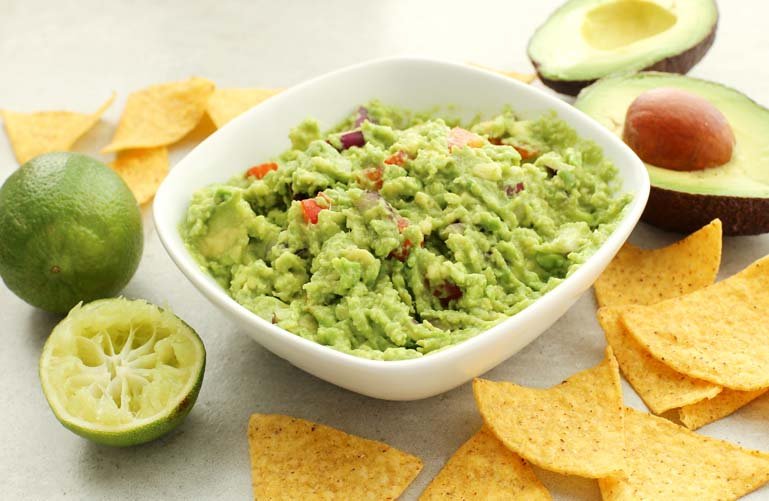Homemade mayonnaise is a delicious sauce that can be easily prepared at home with basic ingredients. Unlike store-bought mayonnaise, the homemade version is fresher, healthier, and customizable. In this article, we will teach you how to prepare homemade mayonnaise step by step.
Ingredients:
- 1 egg
- 1 cup vegetable oil
- 1 tablespoon mustard
- 1 tablespoon vinegar or lemon juice
- Salt and pepper to taste
Step 1: Preparation
Before you begin, make sure you have all the ingredients on hand. Homemade mayonnaise is made by emulsifying the oil with the egg, so it is important that all the ingredients are at room temperature.
Step 2: Mix the ingredients
In a bowl, place the egg and mustard. Beat lightly with a fork until well combined.
Step 3: Add the oil
Begin adding the oil in a thin stream while constantly whisking the mixture. It is important to do it slowly to achieve a good emulsion. If you add the oil too quickly, the mayonnaise may separate.
Step 4: Add the vinegar or lemon juice
Once you have added all the oil and the mixture has a thick consistency, add the vinegar or lemon juice. This will help enhance the flavor of the mayonnaise and balance the fat.
Step 5: Season to taste
Finally, season the mayonnaise with salt and pepper to taste. Taste the mixture and adjust the seasonings according to your preferences.
Step 6: Storage
Transfer the homemade mayonnaise to a glass jar with a tight-fitting lid and store in the refrigerator. It will stay fresh for about a week.
And that's it! Now you have a delicious homemade mayonnaise ready to use on your sandwiches, salads or as a base for other sauces. Remember that you can experiment with different ingredients to customize your mayonnaise, such as adding garlic, fresh herbs, or hot sauce.
Making homemade mayonnaise is a great way to avoid the preservatives and additives found in commercial versions. Plus, you can control the quality of the ingredients and adapt the recipe to your dietary preferences.
Enjoy your homemade mayonnaise and surprise your friends and family with your culinary skills!
History of mayonnaise
The history of mayonnaise is fascinating and has several versions of its origin. Although it cannot be said with certainty who invented it, it is known that its origin dates back to the 18th century in Europe.
One of the most accepted theories is that mayonnaise was created in the city of Mahón, on the island of Menorca, Spain, during the French siege of the city in 1756. According to this version, the French soldiers, during the siege, wanted to celebrate the taking of the city and they ordered a special meal. Apparently, local cooks improvised a sauce made with eggs and olive oil, which would later become mayonnaise. The word “mahonnaise” could have derived from the name of the city, Mahon.
Another theory suggests that mayonnaise originated in France, in the Provence region, where a similar sauce called “aioli” was prepared, made from garlic, olive oil and egg yolk. Mayonnaise is said to have evolved from this original recipe, possibly by replacing garlic with other ingredients.
Regardless of its exact origin, mayonnaise quickly caught on in Europe and then spread throughout the world. Today, mayonnaise is a widely used condiment in international cuisine and numerous variations and customized recipes have been developed in different culinary cultures.

Mayonnaise and Health
Mayonnaise is a very popular and versatile condiment in the kitchen, but its consumption should be moderate due to its calorie and fat content. Traditional mayonnaise is made primarily from vegetable oil and egg yolk, which means it is high in fat and calories.
Here are some things to consider about mayonnaise and health:
- Calorie and fat content: Mayonnaise is high in calories and fat, especially saturated fats and trans fats if hydrogenated vegetable oil is used in its preparation. Therefore, excessive consumption of mayonnaise can contribute to weight gain and the risk of heart disease if not consumed in moderation.
- Essential nutrients: Despite its calorie and fat content, mayonnaise can also provide essential nutrients, such as vitamin E and essential fatty acids, depending on the type of oil used in its preparation.
- Healthier alternatives: For those who want to reduce their fat and calorie intake, there are healthier alternatives to traditional mayonnaise, such as low-fat mayonnaise or mayonnaise made with olive oil, Greek yogurt, or avocado. These alternatives can provide a more favorable nutritional profile without sacrificing too much flavor.
- Moderate consumption: As with any food, the key is to consume mayonnaise in moderation as part of a balanced and varied diet. Using it as an occasional dip or complement rather than consuming it in large quantities can help maintain a healthy balance.
- Hygiene and storage: Due to its egg content, homemade or fresh mayonnaise should be refrigerated and consumed within a specific time period to avoid the risk of bacterial contamination. Additionally, it is important to handle and store mayonnaise properly to maintain its freshness and food safety.
In short, mayonnaise can be part of a balanced diet when consumed in moderation and choosing healthier options. However, those looking to maintain a low-calorie, low-fat diet can opt for healthier alternatives or limit their consumption of traditional mayonnaise.
Maybe you might like: Porra antequerana (Spain)
Credit Images: freepik


